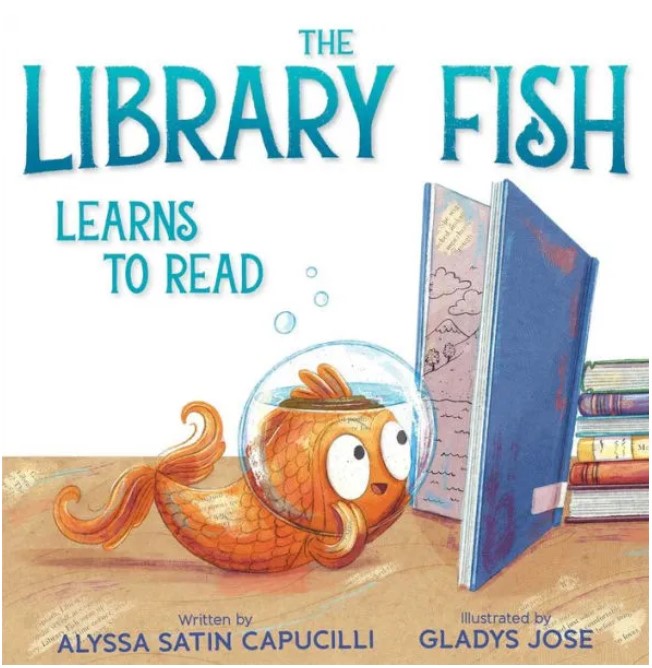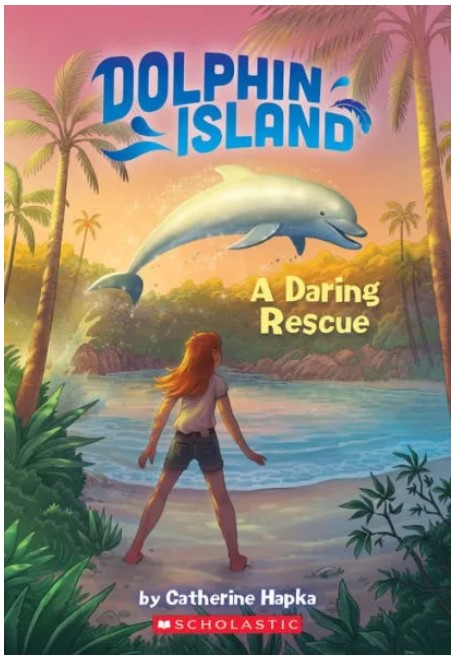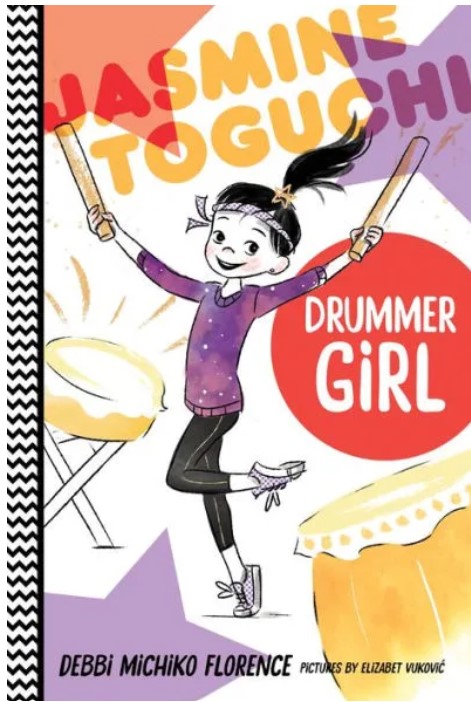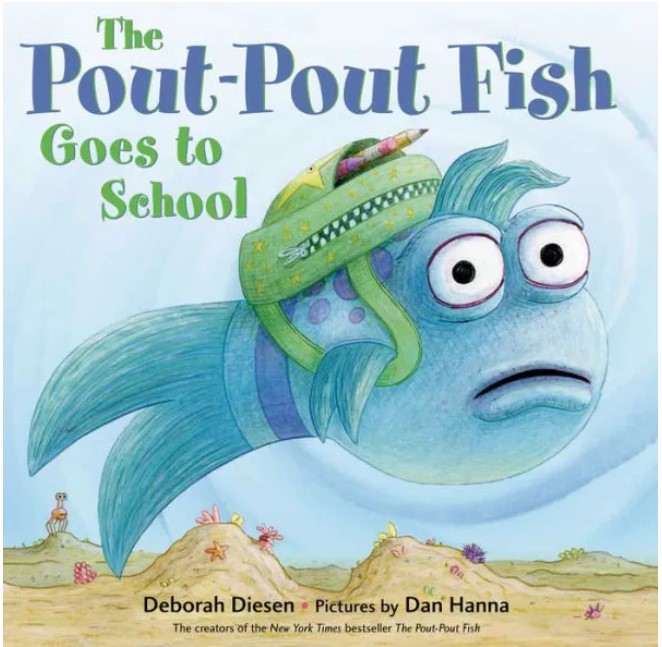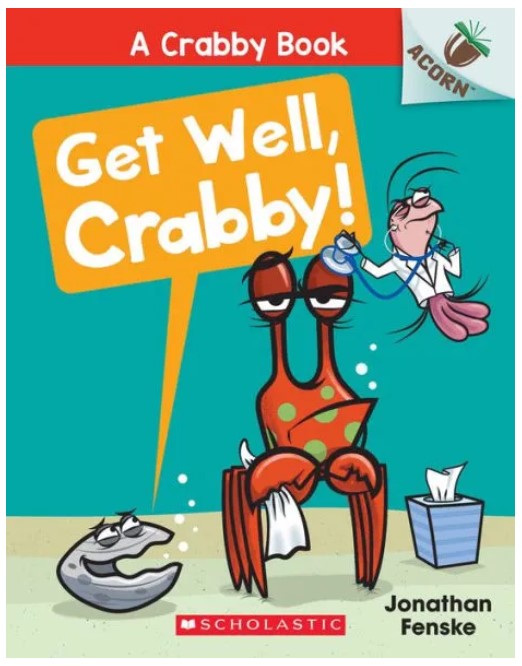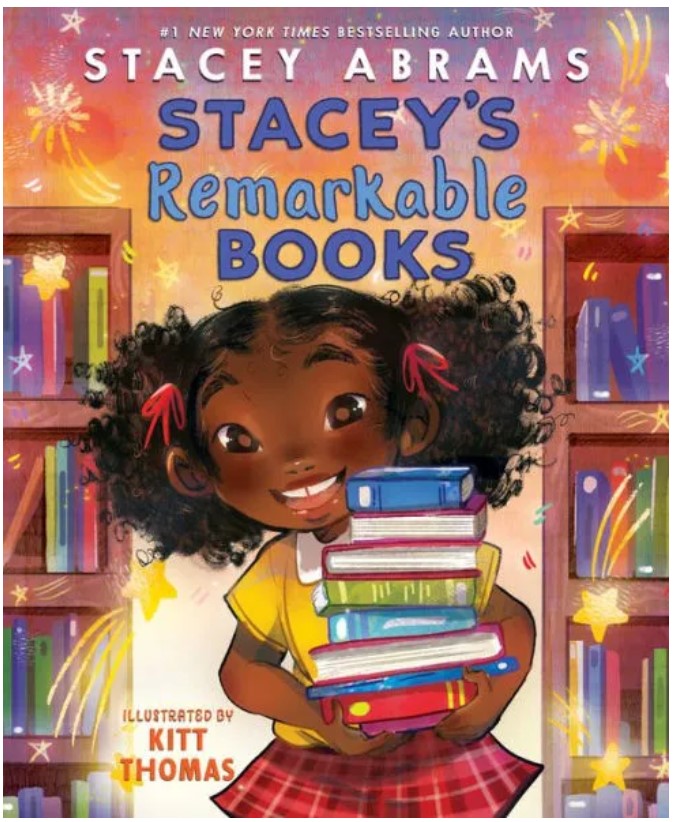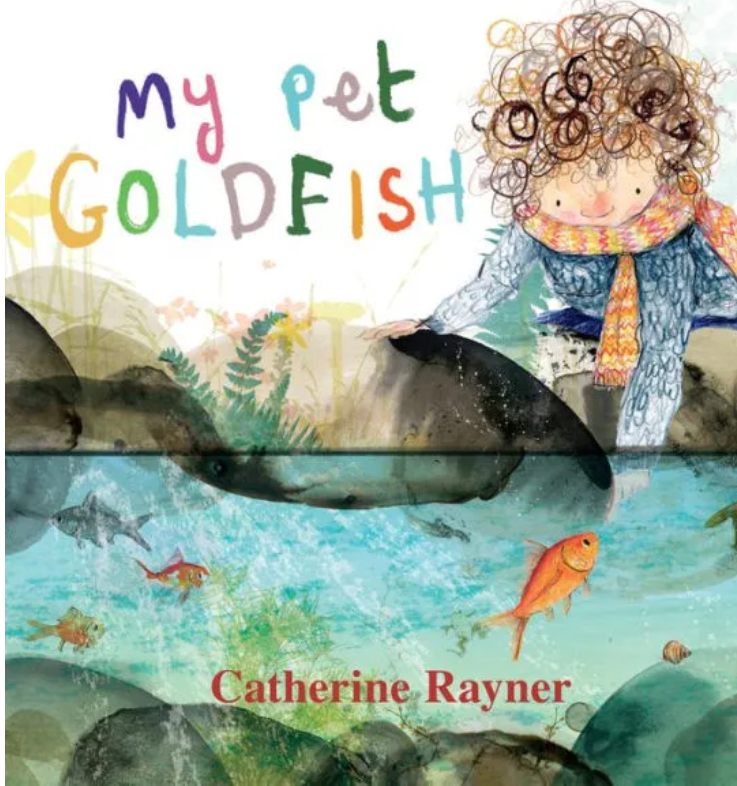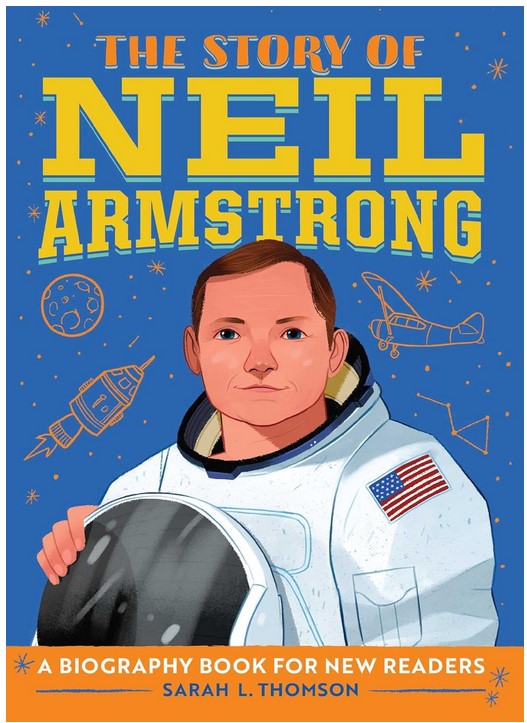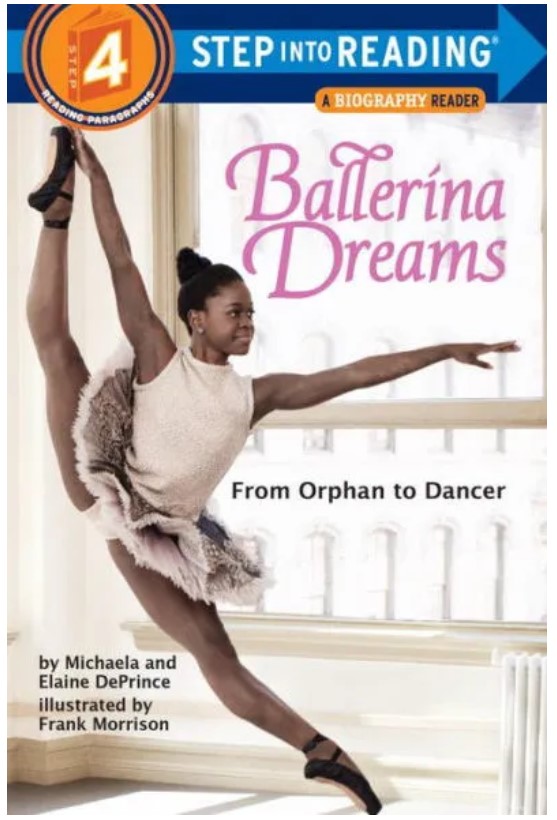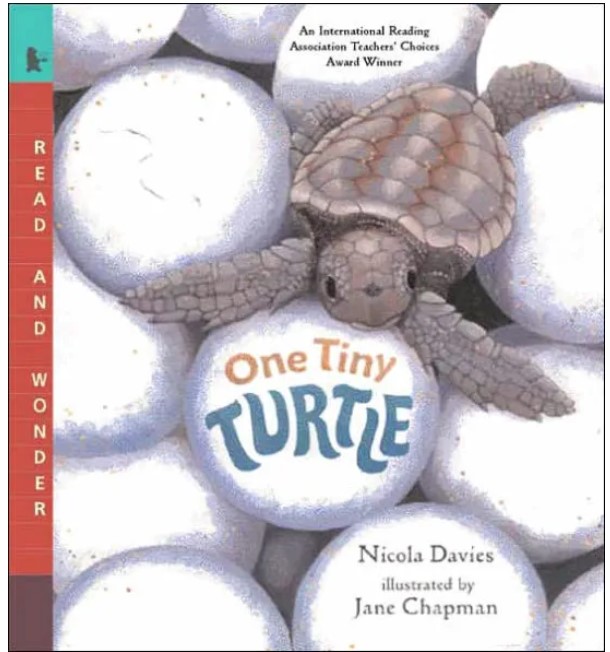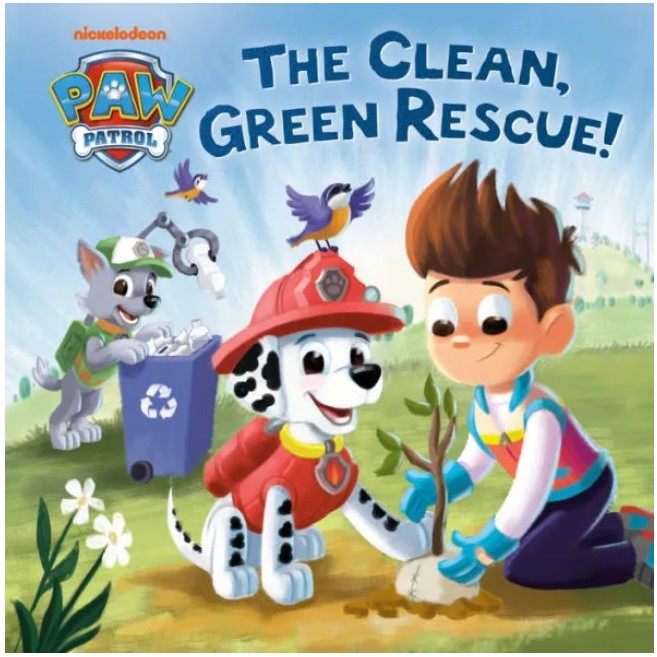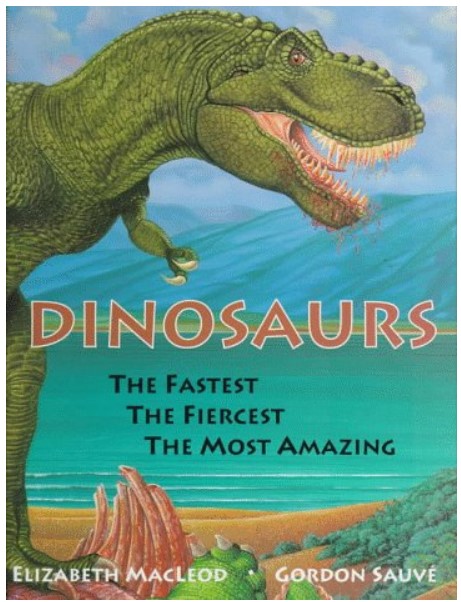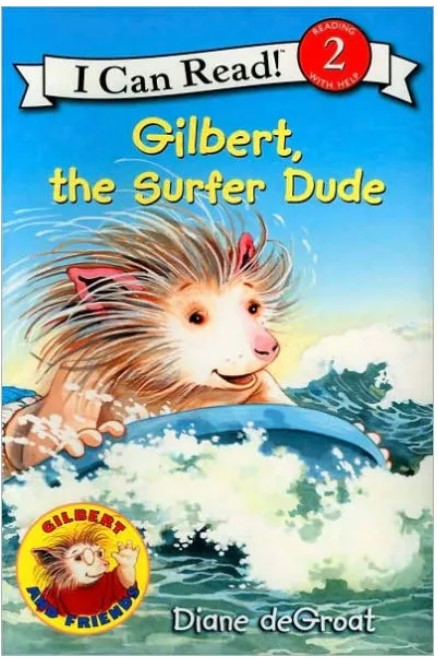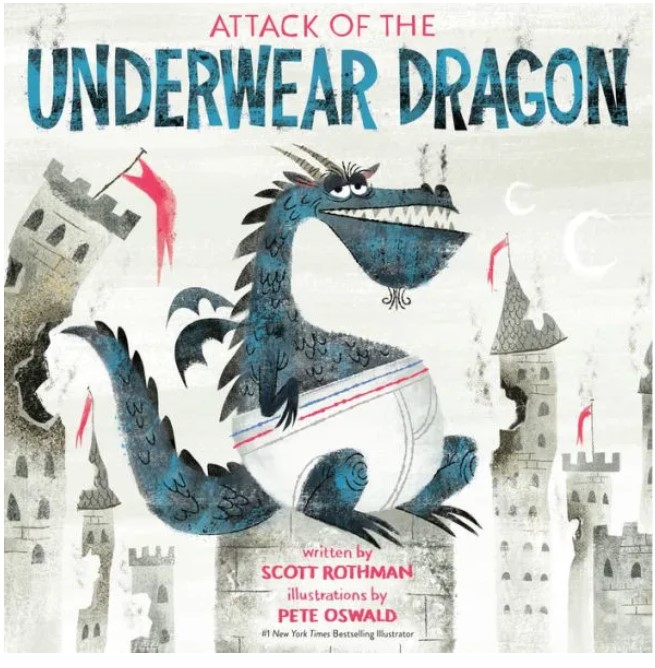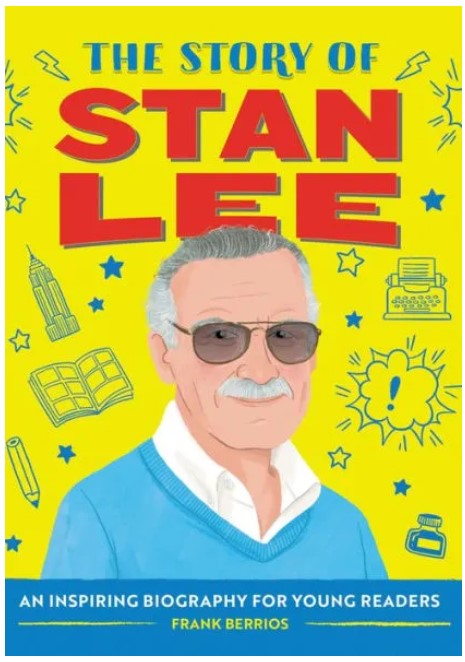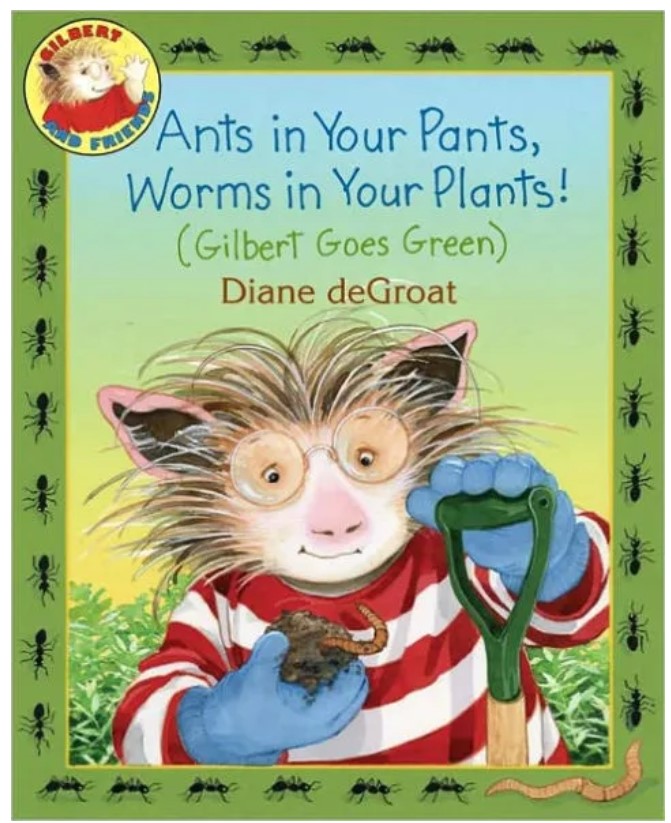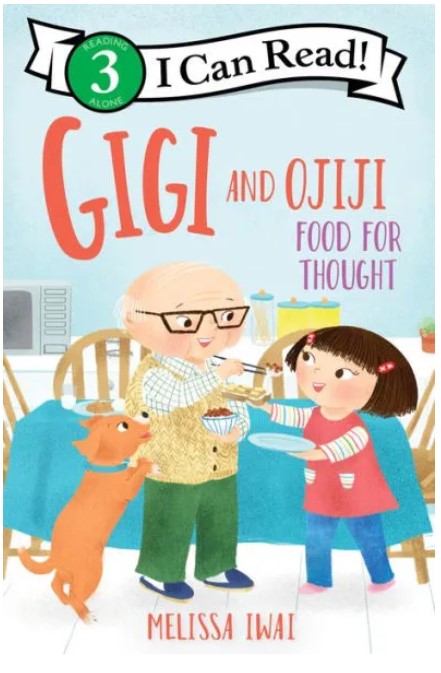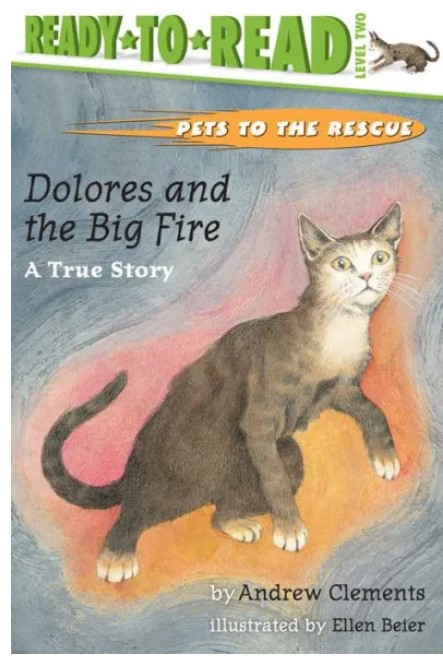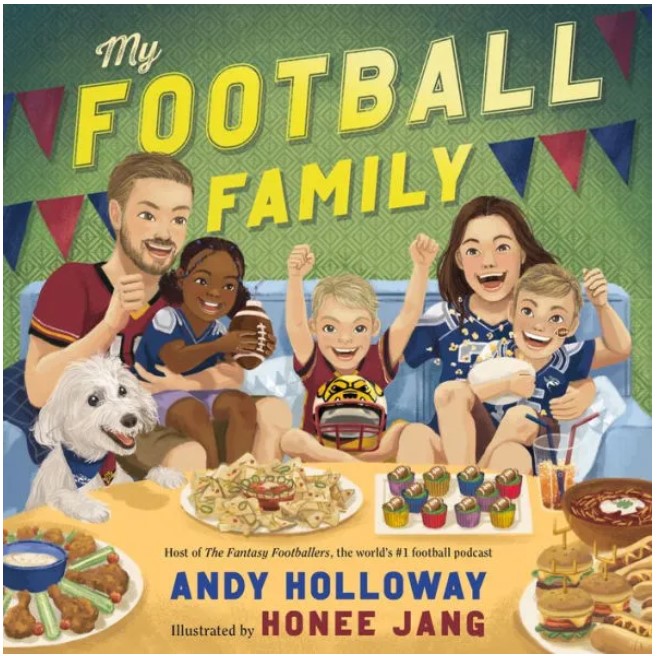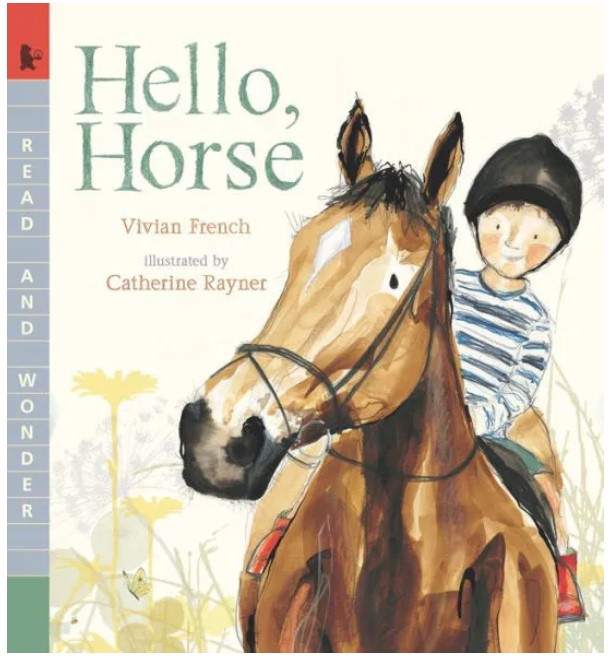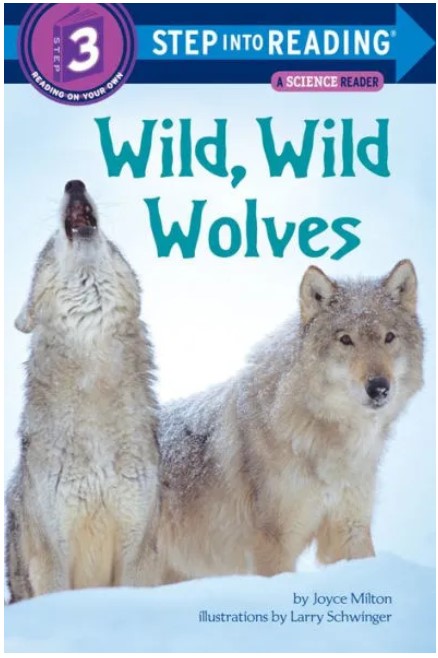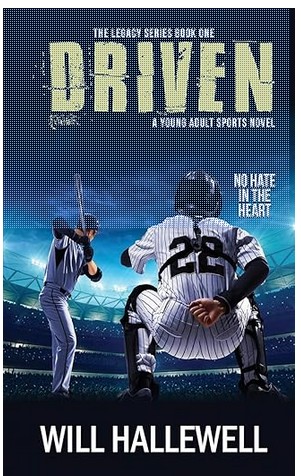The Library Fish is very happy living in her fishbowl on the desk of Mr. Hughes, the librarian. Library Fish loves welcoming visitors and seeing the books come and go as they are borrowed and returned.
All the children seem so happy reading stories of faraway places, castles, and unicorns and listening to Mr. Hughes read at Story Time. Library Fish wants to read, too! Night after night, after Mr. Hughes says good night and locks the door, Library Fish gets busy. She learns the alphabet, puts sounds together to make words, and practices reading with all the wonderful books in the library. For Library Fish, a new world is opening up—and she is ready to explore!
The Library Fish Learns to Read doesn’t have the same whimsy as The Library Fish; however, readers will still enjoy watching Library Fish learn to read, especially because the fish is so obviously proud of her accomplishments. It takes Library Fish “hour after hour, night after night,” to learn every letter and the sounds they make. As Library Fish learns to read, she has favorite words such as glub, wiggle, and bubble. Library Fish’s persistence pays off and soon she is reading books about oceans, vampires, and more!
Library Fish is an adorably cute fish who encourages readers to learn to read on their own. One positive aspect is that Library Fish doesn’t learn to read quickly. Instead, she has to practice letters first, and then words. All the hard work makes Library Fish’s accomplishments even more rewarding in the end.
Even though The Library Fish is a picture book, the story is intended to be read aloud to a child, rather than for the child to read it for the first time independently. While some pages have no words, others have up to seven sentences. A few pages are text-heavy, but short sentences keep the pace going. Most of the story focuses on Library Fish, but the illustrations showcase humans with different skin tones.
The Library Fish Learns to Read introduces the library to young readers and shows how reading can be an adventure. If you’re looking for a picture book that shows the joy of reading, then both Library Fish books are perfect for you.
To teach young readers important library etiquette, check out If You Ever Want to Bring a Circus to the Library, DON’T! by Elise Parsley; the book will leave readers giggling as they learn.
Sexual Content
- None
Violence
- None
Drugs and Alcohol
- None
Language
- None
Supernatural
- None
Spiritual Content
- None
